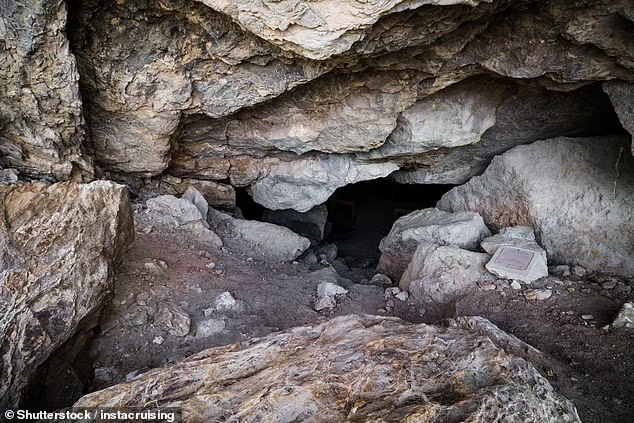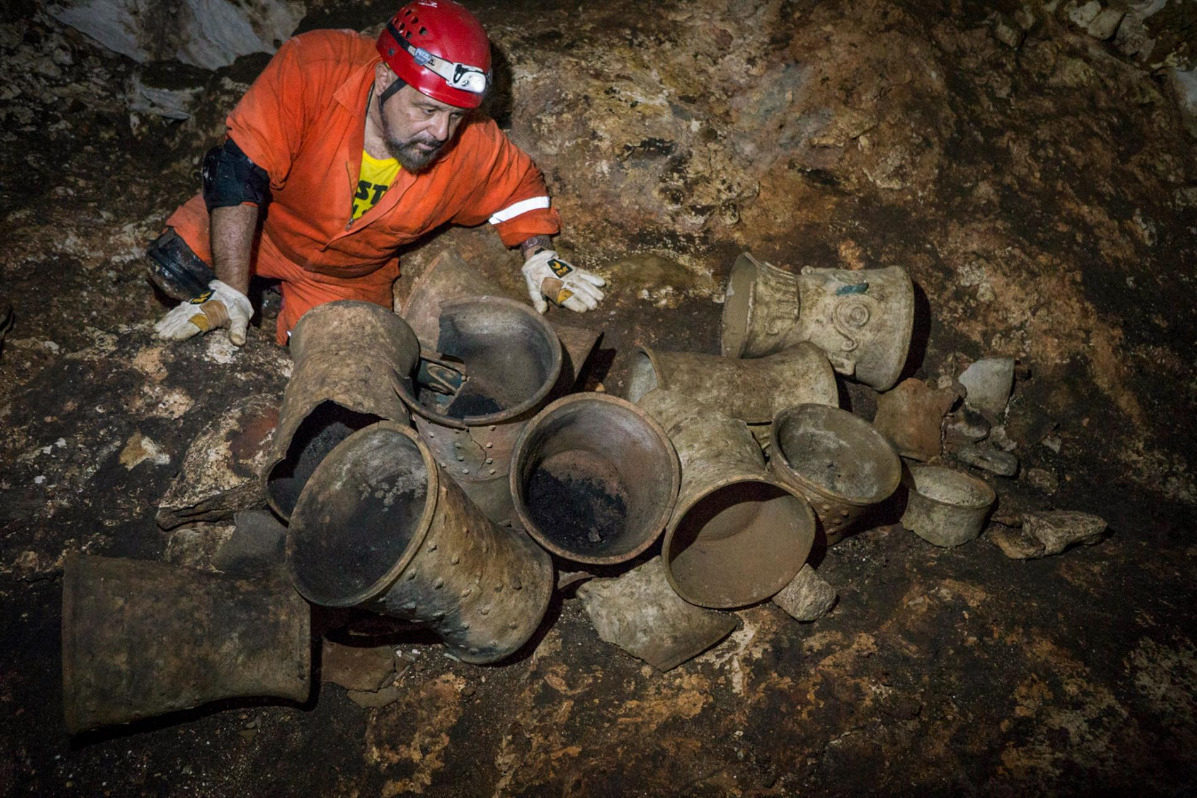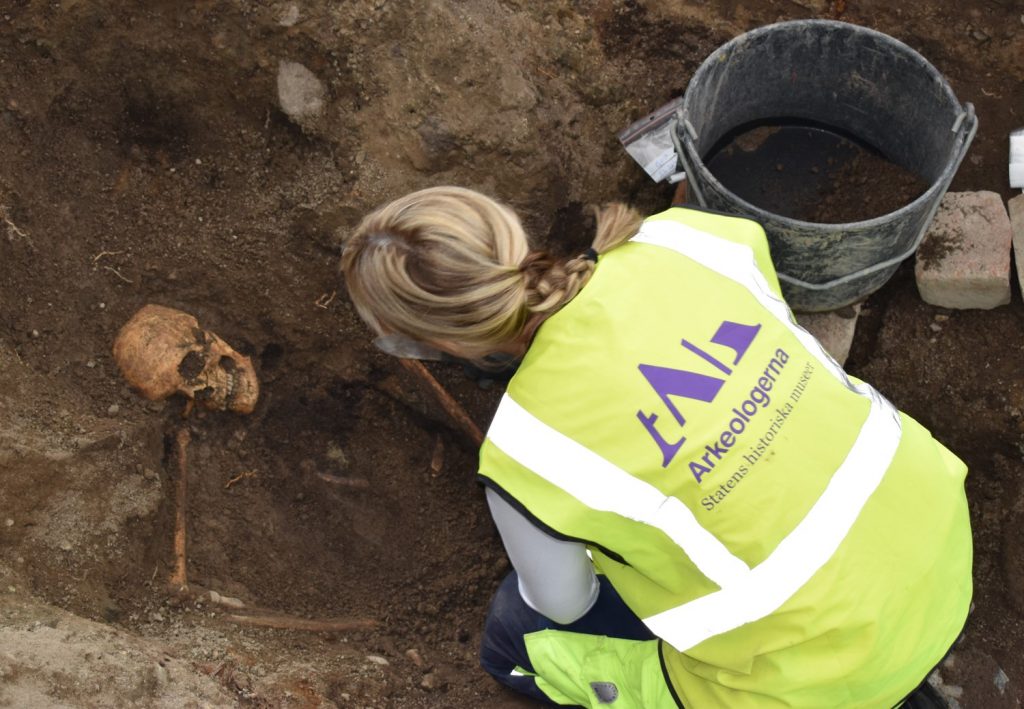Archaeologists have long grappled with the mystifying accounts of a group of colossal humans, purportedly standing up to 10 feet tall, who once inhabited the southwestern United States.

Over the past century, excavations within a cave in Lovelock, Nevada, have unveiled a trove of peculiar artifacts, including oversized human skulls, 15-inch sandals, and enormous handprints adorning the cave walls. These discoveries, coupled with the tales of Native Americans, have fueled speculation about the existence of the ‘Giants of Lovelock’—a tribe of red-haired giants who allegedly clashed with local indigenous groups before meeting their demise in the cave.
The narrative surrounding these purported giants originated from Native American oral traditions, describing encounters with a ferocious tribe of invaders. According to legend, these giants were eventually trapped within the cave and perished amidst a barrage of arrows and flames.
The first evidence linked to the Giants of Lovelock emerged in 1911 when miners stumbled upon over 60 human skeletons, some measuring an astounding seven to eight feet tall. Subsequent excavations in 1912 and 1924 unearthed thousands of artifacts, including mammoth sandals and oversized handprints etched into the stone.

Despite the intrigue surrounding these findings, skepticism persists among archaeologists. While some speculate about the existence of a race of giants, others attribute the anomalies to exaggeration, natural phenomena, or entrepreneurial embellishment.
Scientific analysis has shed light on some of the mysteries, suggesting that the purported giants may have been ordinary-sized individuals. Additionally, environmental factors such as desert conditions may have contributed to the red-haired appearance of the remains.
The saga of the Giants of Lovelock continues to captivate both researchers and the public, offering a glimpse into the rich tapestry of human history and folklore.

Today, artifacts from Lovelock Cave are housed in the history museum in Winnemucca, Nevada, serving as a tangible link to this enigmatic chapter of American history.
As archaeologists delve deeper into the cave’s secrets, the truth behind the legend of the Giants of Lovelock remains elusive, shrouded in the mists of time.





